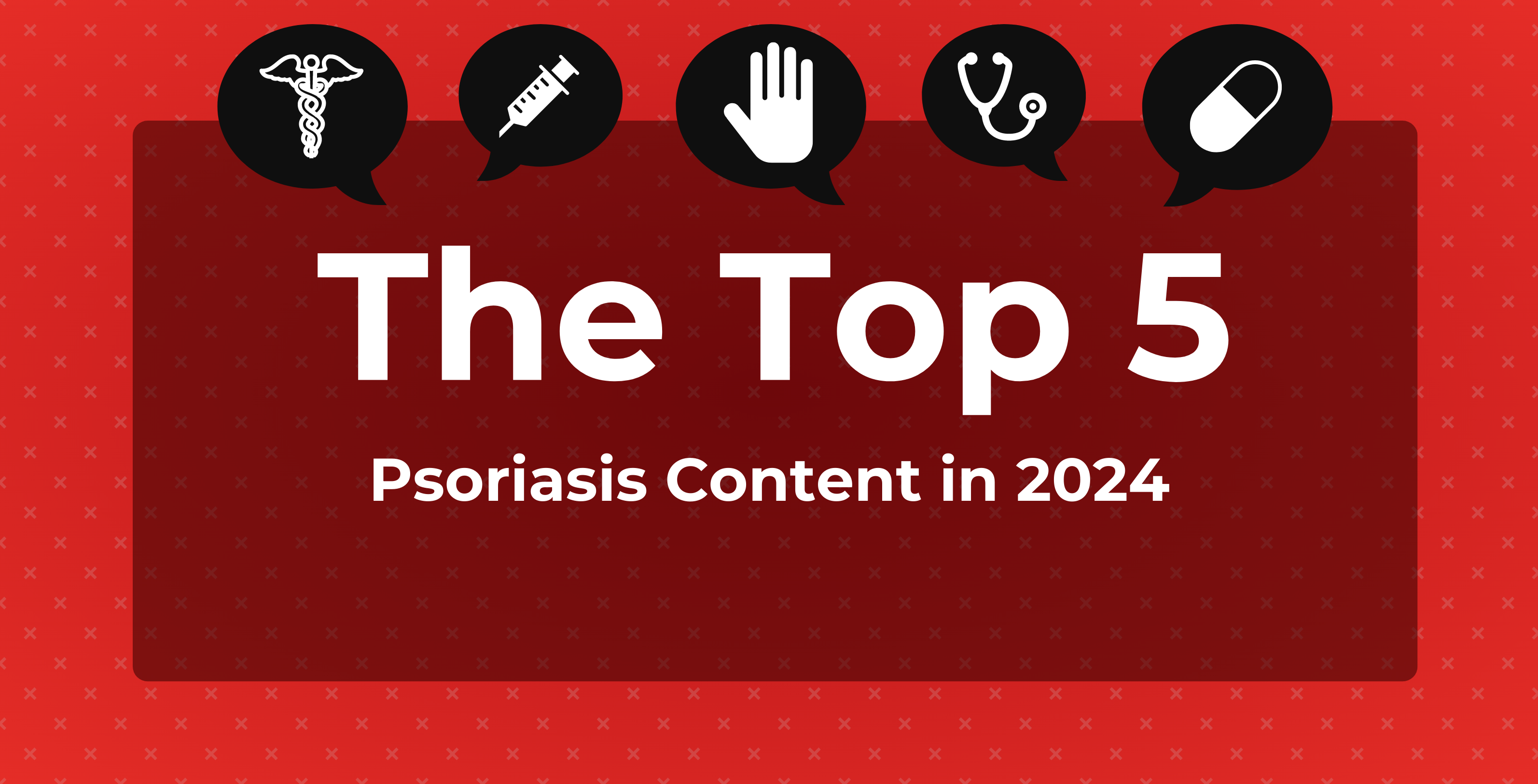
Health Care Delivery
Latest News
Latest Videos

CME Content
More News
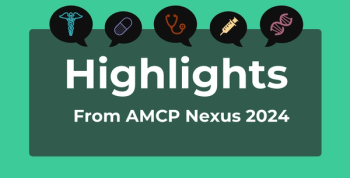
Check out this year's top coverage from The Academy of Managed Care Pharmacy (AMCP) Nexus 2024 meeting, which included relevant topics in health care policy, novel pharmaceutical developments, financial considerations across multiple conditions, and more.
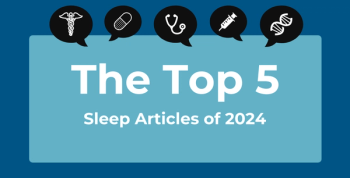
Check out this year's top 5 pieces of sleep coverage that cover topics surveying the benefits of supplements, novel developments in obstructive sleep apnea, and the negative effects of phone addiction.

Sarah Ahmad, MBA, CEO of the Coalition for Affordable Quality Healthcare (CAQH), dives into the financial, physical, and emotional toll of neglecting women's health in an interview.
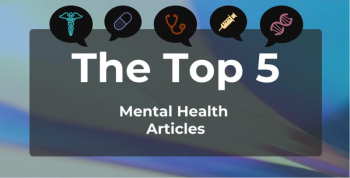
The most-read articles addressing mental health in 2024 spanned therapeutic advancements, research discoveries, and insight into enhanced practice guidelines.

Although intravitreal faricimab helped to decrease central subfield thickness (CST) in patients with eyes previously treated for neovascular age-related macular degeneration, best corrected visual acuity showed no sign of improvement.
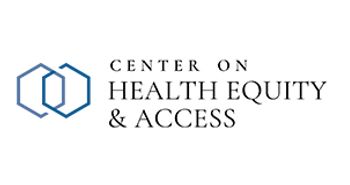
The Center on Health Equity & Access provides news and expert insights on research, health policy, and the impact of social determinants on health.
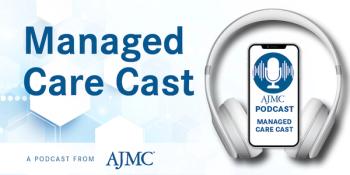
Rachael Drake, pharmacy technician coordinator, University of Kansas Health System, explains how her team collaborates with insurance companies and providers to support treatment access for patients with non-Hodgkin lymphoma.

Secondary immunodeficiency disease (SID) status was associated with significantly higher risk for severe bacterial infections in adult patients with chronic lymphocytic leukemia (CLL)/small lymphocytic lymphoma (SLL).

A national survey of Canadian hematologists reveals gaps and variability in supportive care strategies for older adults with myelodysplastic syndromes (MDS) and acute myeloid leukemia (AML), emphasizing the need for evidence-based guidelines.
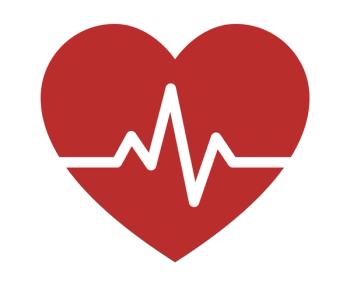
Dan Bloomfield, MD, chief medical officer, Anthos, walks through promising findings demonstrating the efficacy of abelacimab, a factor XI (FXI) inhibitor, to reduce bleeding risk in atrial fibrillation treatment.

Stigma surrounding HIV can lead to barriers to health care, including refusal to get care, that could help individuals who are living with the condition.

The rate of frailty among patients with multiple sclerosis (MS) ranges from 17% to 66% among ambulatory patients, and frailty among MS patients is linked to a host of complications.

Compared with originator bevacizumab, the biosimilar version of bevacizumab had equal efficacy when used to treat metastatic colorectal cancer.
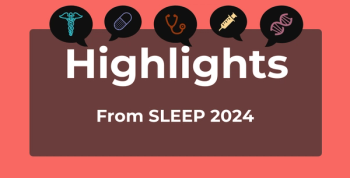
Check out our top 5 most-viewed pieces of coverage from the 2024 SLEEP meeting.

The health care provisions include key reforms targeting pharmacy benefit managers, extensions of Medicare telehealth flexibilities, and measures aimed at combating the opioid crisis and preparing for future pandemics.

Understanding postural orthostatic tachycardia syndrome is important in order to improve prevention and outcomes.
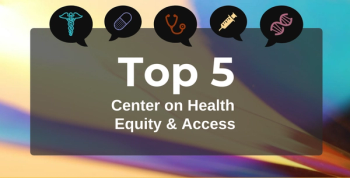
Throughout 2024, the Center on Health Equity & Access explored critical gaps in health care access and innovative efforts to address them.

A recent Federal Order from the US Department of Agriculture aims to track, prevent, and address contaminated dairy products while public health risk remains low.

The authors observed a significant increase in optimal starts for dialysis and in peritoneal dialysis rates after implementing a standardized end-stage renal disease transition pathway.

Since its founding in 2012, the National Association of ACOs has evolved from a group of 30 to 477 accountable care organization members covering 9.2 million beneficiary lives.
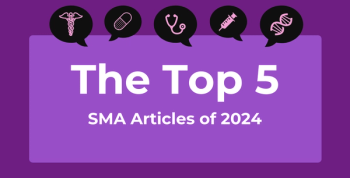
The top-5 most read articles on spinal muscular atrophy (SMA) span novel research in predictive biomarkers, the benefits of newborn screening, and findings that could reshape SMA as a multisystem disorder.
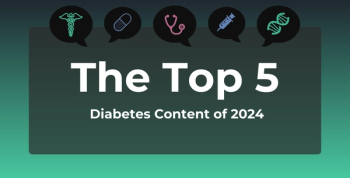
This year’s top diabetes content focused on pediatric metabolic health, misconceptions about weight loss drugs, and more.

Recent analyses spotlight inequities in health care, from the financial burdens faced by employees at small firms due to higher insurance costs to disparities in data and ovarian cancer survival among racial and ethnic groups.

Experts at the Council for Affordable Quality Healthcare (CAQH) Connect 2024 emphasized the transformative potential of artificial intelligence (AI) and predictive analytics in addressing health care challenges, advancing equity, and reducing clinician burden.

This survey study finds that most Missouri Medicaid providers had capacity for new patients, even during a period of unprecedented Medicaid enrollment growth.




